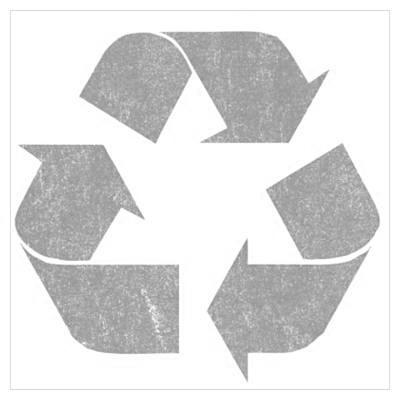
 By Scott Bradley
By Scott Bradley
For The Stroud Courier
Fossil fuels and metals are nonrenewable resources. We pull them from the ground and put them to use, then burn them up or discard them in the same way we do with old cars, engine oils, and other nonrenewable resources.
And when treated that way by a culture that considers them trash, they are gone and cannot be replenished by nature within our lifetimes and are, therefore, in limited natural supply.
The more of these materials we extract, the less remain for future generations. But if we take the conservationist approach, a more sustainable approach, we begin to see a solution for the current resource drain.
A notable example of out-of-control resource consumption occurs in the United States. With less than 5 percent of the world’s population, the United States uses more than 20 percent of the world’s resources and consumes 25 percent of its energy.
The United States’ record is way out of bounds, from a sustainability point of view, and we are behind all other developed nations when it comes to addressing issues like carbon footprint, resource waste, pollution and chemical contamination, recycling, land fill and ocean dumping.
A solution lies in recycling. Let’s consider two items: aluminum and glass. Manufactured products everywhere contain these two materials.
They come from two of the most abundant source materials on Earth: bauxite, which is Earth’s most plentiful ore, and silica sand, perhaps the most available source material of them all.
Bauxite is a clay-like soil type, which makes the refined metal, aluminum. Though readily available, bauxite requires extreme concentrated heat to convert.
Glass, made predominantly of sand (silica), but mixed with alkalis like soda ash and limestone, is treated with high heat as well in its manufacturing. Though both of these resources are readily available, both demand excessive use of energy during production.
Recycling scrap aluminum and glass shows sustainability in action. For each pound of aluminum recovered, Americans save the energy resources to generate about 7.5 kilowatt-hours of electricity. This is enough energy to meet the electric needs of a city the size of Pittsburgh for six years.
And in the glass industry, they have demonstrated that adding broken glass (glass cullet) to their production reduces energy input to its furnaces. In fact, energy costs drop 2 to 3 percent for every 10 percent cullet used in the manufacturing process.
We can conserve on resource extraction and save on energy consumption by engaging in a process of recycling; however, in 2014 most American communities still do not recycle effectively, and many only participate in a few of the many categories that could be added to their programs.
Improved recycling reduces landfill demands, improves community sustainability through reduced GHG emissions, and grounds fertility, which improves quality of life, a primary goal of sustainability.
Here is a recycling fact to consider: In 2005, recycling was projected to avoid—through a combination of energy savings, forest carbon sequestration and lower methane emissions—48 million metric tons of carbon emissions (MTCE), which is a standard measure of GHG emissions. This is the equivalent of taking 36 million cars off the road for one year.
Email Scott at:
skb209@embarqmail.com
